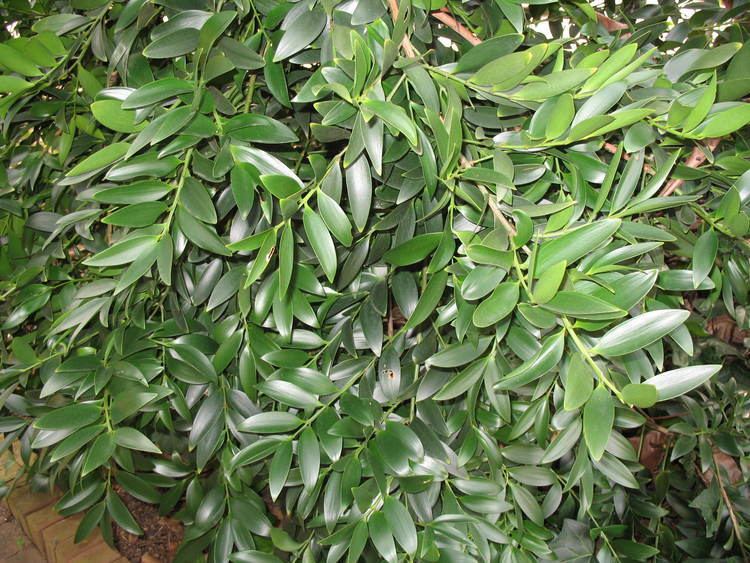Higher classification Nageia | Division Pinophyta Scientific name Nageia nagi Rank Species | |
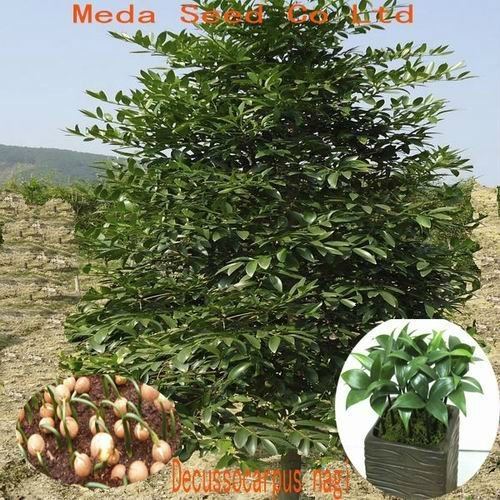 | ||
Similar Podocarpus macrophyllus, Elaeocarpus sylvestris, Podocarpaceae, Nageia, Taxus chinensis | ||
nageia nagi healing video
Nageia nagi, whose common name is Asian bayberry, is in the family Podocarpaceae named by Carl Peter Thunberg. Nageia nagi is native to China, Japan, and Taiwan.
Contents
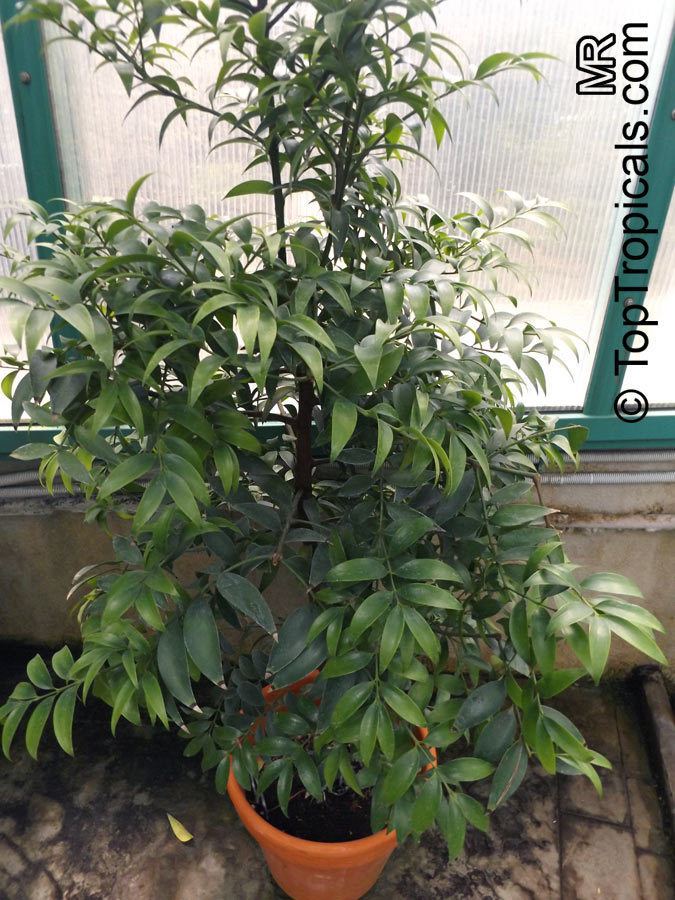
It is a hardy tree species, which means that it can withstand a range of weather conditions, but prefers moist sites that are well draining and full sunlight to light shade. Being from the Podocarpaceae family, Nageia nagi is a dioecious tree. Dioecious is when the male and female parts of the trees are on separate plants. The pollen cones are catkins and the female cones, which mature in one year, are reduced fleshy bracts that contains a single inverted ovule. It requires the wind for pollination, it cannot self-pollinate.
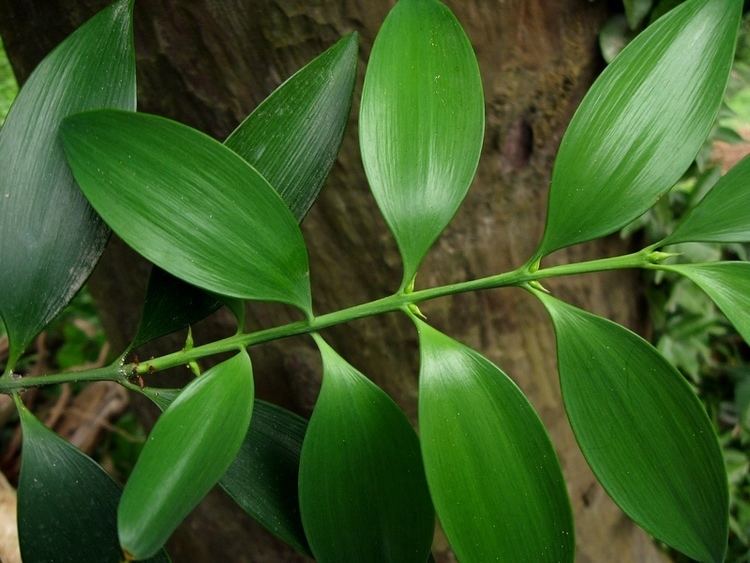
Nageia nagi has an average height to fifteen to twenty meters tall and it is relatively slow growing. The leaves are a glossy lancolate shape, they arrange themselves sub opposite on the branches. They range from two to eight inches long and 0.75 to 2.5 inches wide and lack a mid-vein, the principle vein in the middle of the leaf. The new leaves are a light green and as they age they become dark green and glossy. The branches also start out as green but as they age they become reddish brown and peel in small layers.
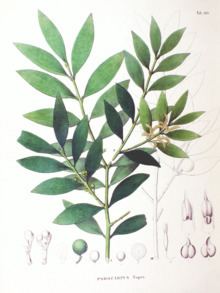
Houses, bridges, utensils, handiwork and furniture are constructed from the wood of this species and the seeds yield an oil that is eatable and valued in industry. The leaves are also eatable but are not valued in industry for that purpose.
Nageia nagi can be propagated by cuttings or by seed. It is best to plant the seed in a warm greenhouse and sandy soil. For their permanent position, they should be planted in late spring or early summer after the last frost.
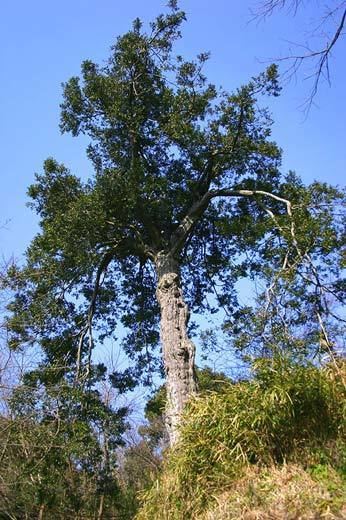
It is threatened by habitat loss.
Formerly called Myrica Nagi, its bark exhibits strong antibacterial effect.(2)
podocarpaceae nageia nagi latifolia
